A location of such strategic importance that it has been continually inhabited for 6000 years, the ancient town of Gezer is also key to an astounding discovery found in Egyptian tablets.
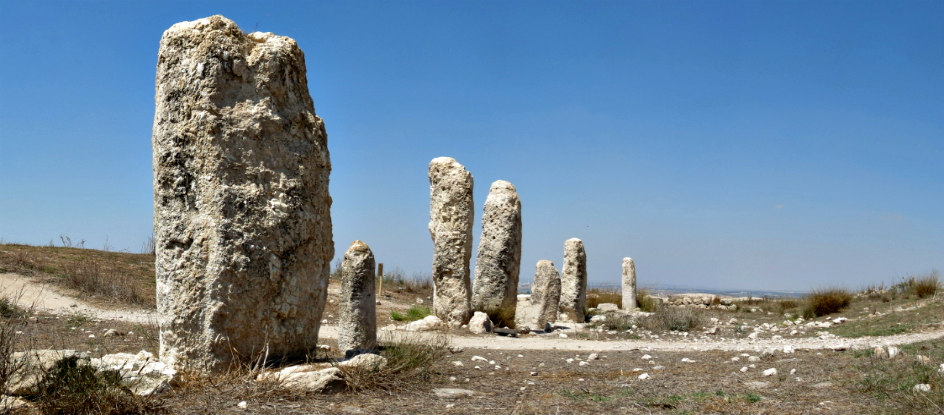
The Tel Gezer National Park is located in the lowlands of Judea, 8 KM S.E of Ramle and 2 KM south of the present day Kibbutz Gezer. The site is best accessed from Karmei Yosef, a community just to the south of the Tel.
The Tel sits on one of the main thoroughfares between the Judean lowlands and Judean hills. Its strategic importance resulted in it being continually inhabited since the Chalcolithic period (4000 B.C.E-3300 B.C.E.)
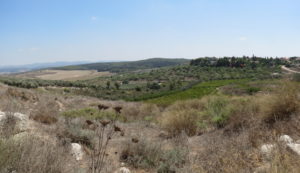
Gezer is mentioned in the Tel Amarna letters from 14th B.C.E, which were diplomatic exchanges written on clay tablets between the Egyptian administration of pharaoh Akhenaton (also known as Amenhotep III) (1349 B.C.E-1334 B.C.E.) and their representatives in Canaan.
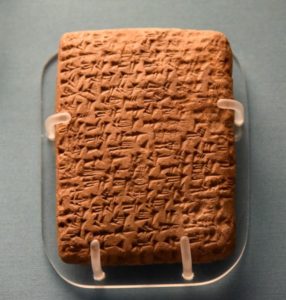
The Merneptah stele, (also known as the Israel Stele) recorded the military victories of Pharaoh Merneptah (1212 B.C.E-1182 B.C.E.). The Stele makes mention of Gezer, and contains the first & earliest non-biblical record of the name Israel that has thus far been discovered.
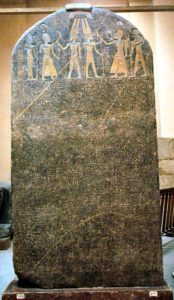
The city was located within the tribal allotment of Ephraim. Given to King Solomon (970 B.C.E – 930 B.C.E.) by the Egyptian Pharaoh as part of a dowry for the latter’s daughter. He fortified the site and built a 6 chambered gate, similar in design to those he erected in both Megiddo & Hatzor. Today, archaeological remains of these gates can be seen on all the aforementioned sites.
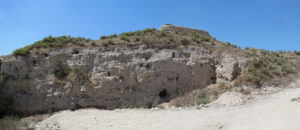
Gezer was destroyed by the Egyptian pharaoh Shishak in 924 B.C.E. and again by the Assyrian monarch Tiglathpileser in 732 B.C.E.
Conquered by Simeon the Hasmonean in 140 B.C.E. He built a palace on the site, fortified the city and appointed his son John Hycranus as the commander. During the Roman period(63 B.C.E.-324 C.E.) & Byzantine period(324 C.E.-640C.E.), the site was inhabited by Jews.
It was the location of savage battles in 1171 & 1191 between the Crusaders & Moslems, the latter of whom were under the leadership of Saladin (1171-1193), a Sunni Moslem of Kurdish descent & founder of the Ayyub dynasty .
Archaeological remains have been found from all periods.
1.Starting with the 10 monoliths which, could or could not have been related to human sacrifice.
2.The Gezer calendar, a limestone tablet engraved with an ancient Hebrew script from the 10th century B.C.E. The text stipulates the annual cycle of agricultural activities. Starting in the Hebrew month of Tishrei, it allocates 2 months for fruit picking, 2 months for grain sowing, 2 months for late sowing, 1 month for the flax harvest, 1 month for the barley harvest, 1 month for the wheat harvest, 2 months for vine pruning & ends in the Hebrew month of Elul with 1 month of picking & drying of figs.
3.The Solomonic or 6 chambered gate.
4.City wall and water tunnel from the late bronze age (1500 B.C.E – 1200 B.C.E.)
5.Remains of the Hasmonean fort.
6.The 16thcentury Moslem tomb of Sheikh Mahmud el-Jazari.
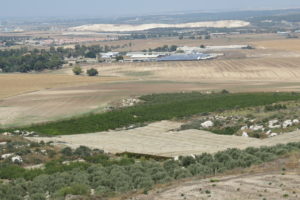
The modern day kibbutz was founded in 1945. During the 1948 War of Independence it was captured by the Jordanians but retaken a few hours later by the Jewish forces. 28 of the defenders were killed and are buried on the kibbutz. In 1964 the kibbutz was disbanded but was revived in later years.
The National Park is open year round free of charge and is an easy tour for families with children. Not accessible to the handicapped though.
____________________
Ron Traub is a certified Israeli tour guide and can be reached by email at rrdg
[Find this article interesting? You can find more in depth articles on Israel and the Middle East @en.mida.org.il]

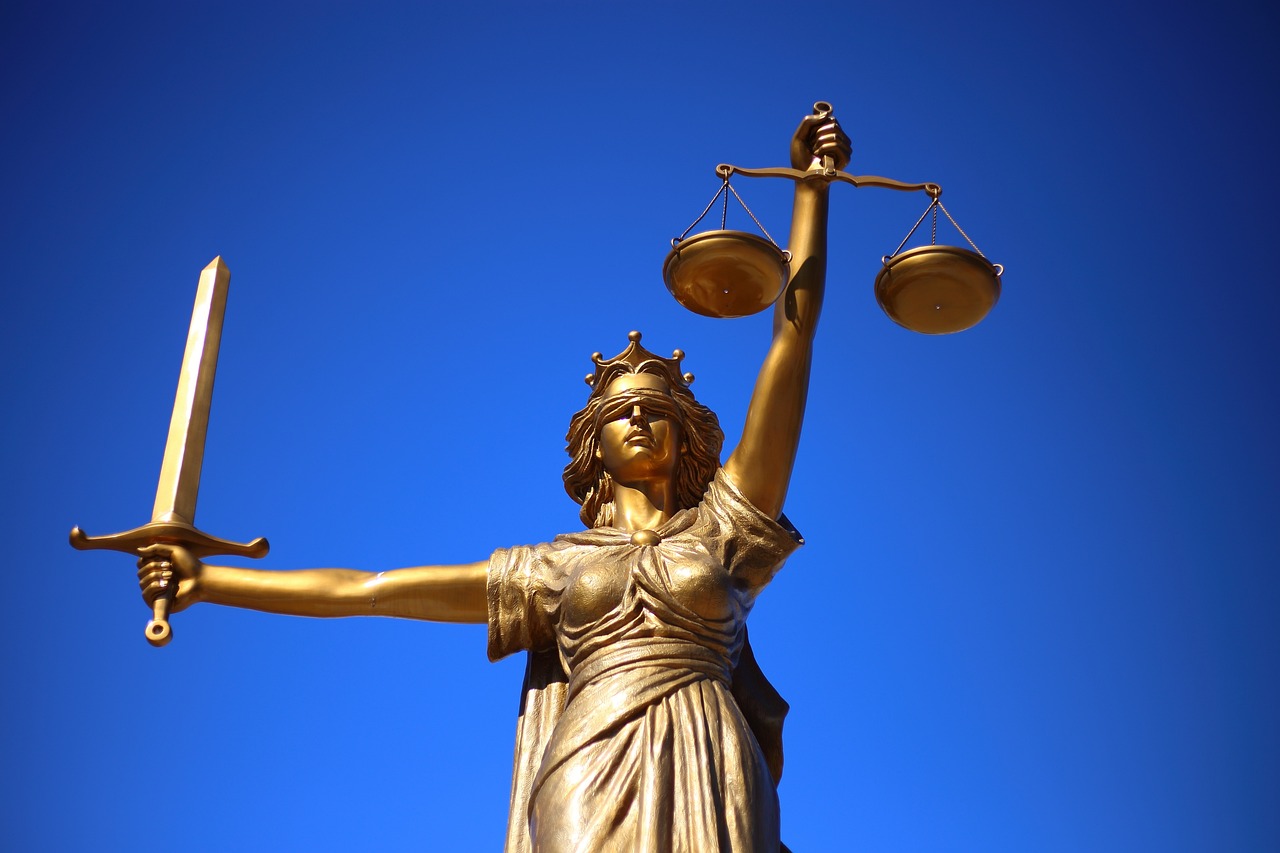

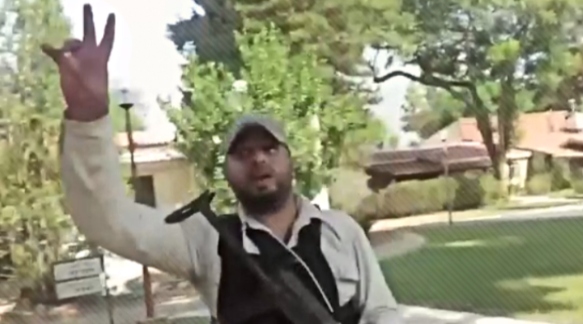
… [Trackback]
[…] Read More: en.mida.org.il/2018/03/23/israeli-attractions-tel-gezer-national-park/ […]